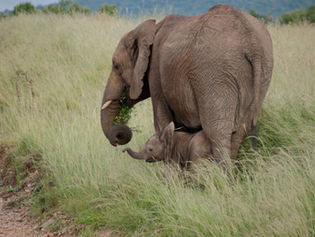

Masi Mara Hot air balloon
Company we flew with Balloon Safaris LTD Email: Balloons@africaonline.co.ke We found a tour that offered a hot air excursion included in...


Masi Mara (Day1-3)
When first entering the gate at Masi Mara we were greeted with lots of zebras and giraffes! Our guide quickly opened the top of the...


Masi Mara the Second trip (Day 15-16)
TROPICAL CATS TOURS AND SAFARIS - MOMBASA +254716006330 - 6 day tour Tsavo, Amboseli,Lake Nakuru, Lake Naivasha. Masai Mara -Rating...


